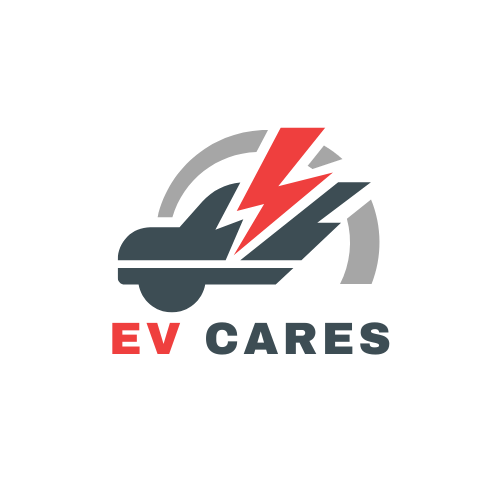EV CARES A VENTURE OF RK JAIN ASSOCIATES
In any operation, be it automotive, industrial, or domestic, the importance of regular maintenance and timely repairs cannot be overstated. This document serves to underscore the critical role of proactive maintenance practices in preventing breakdowns, minimizing downtime, and optimizing efficiency. By adhering to a well-planned maintenance schedule, individuals and organizations can safeguard their assets, reduce costs, and ensure long-term reliability.
Charger repair presented in points:
Initial Inspection:
The repair process commences with a thorough inspection of the charger to identify any visible signs of damage, wear, or malfunction. This may involve checking for physical damage to the casing, cables, connectors, and internal components.
Diagnostic Testing:
Sophisticated diagnostic tools and equipment are employed to assess the charger’s performance and identify potential faults or issues. This includes testing input and output voltage, current, and temperature levels, as well as analyzing charging patterns and behavior.
Electrical Safety Checks:
Before proceeding with repairs, technicians conduct electrical safety checks to ensure that the charger is safe to work on. This involves verifying that there are no exposed wires, short circuits, or other hazards that could pose a risk during the repair process.
Component-Level Diagnosis:
Technicians systematically diagnose the charger at the component level to pinpoint the root cause of the problem. This may involve testing individual components such as capacitors, diodes, resistors, and integrated circuits (ICs) using specialized testing equipment.
Repair or Replacement of Components:
Faulty or damaged components identified during the diagnostic process are repaired or replaced as needed. This may include soldering new components onto the circuit board, replacing damaged cables or connectors, or repairing damaged traces or solder joints.
Firmware or Software Updates:
In cases where charger malfunctions are software-related, technicians may update or reflash the firmware or software to resolve bugs, glitches, or compatibility issues. This ensures that the charger operates with the latest software revisions and patches.
Calibration and Adjustment:
After component repair or replacement, the charger may require recalibration or adjustment to ensure accurate charging performance and compatibility with different devices or battery types. This involves adjusting charging parameters, voltage levels, and current limits as necessary.
Functional Testing:
Once repairs and adjustments are completed, the charger undergoes rigorous functional testing to verify its performance and reliability. This includes testing charging efficiency, voltage regulation, temperature control, and safety features under various load conditions.
Quality Assurance Checks:
Quality assurance checks are conducted to ensure that the repaired charger meets specified performance standards and adheres to safety regulations. This involves inspecting solder joints, conducting insulation resistance tests, and verifying compliance with industry standards.
Final Inspection and Cleaning:
Before returning the repaired charger to the customer, a final inspection is conducted to ensure that all repairs have been successfully completed and that the charger is free from defects. The charger is then cleaned to remove any dust, debris, or residue accumulated during the repair process.
Documentation and Reporting:
Detailed records of the repair process, including diagnostic findings, repair procedures, and test results, are documented for reference. This documentation helps track the charger’s maintenance history and provides valuable insights for future troubleshooting or repairs.
Customer Support and Follow-up:
After the repair is completed, technicians provide customer support and assistance, addressing any questions or concerns the customer may have. Follow-up communication may occur to ensure customer satisfaction and gather feedback on the repair experience.




